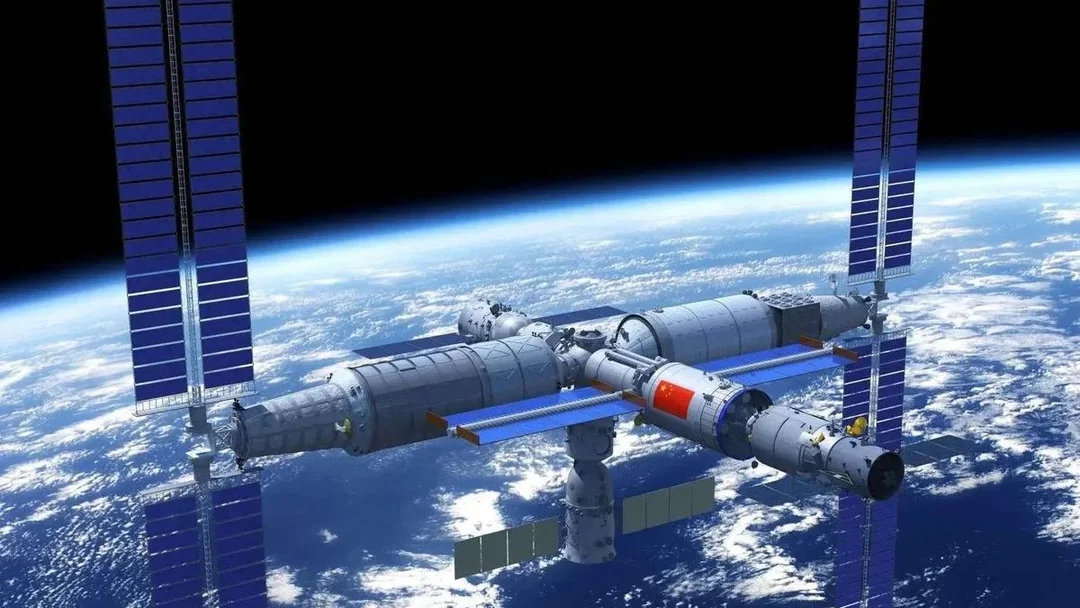
New Space-Adapted Bacteria Discovered Aboard China’s Tiangong Space Station: A Threat or a Boon?
In a groundbreaking discovery, scientists have identified a new species of bacteria thriving in the harsh environment of space. This unique microbe, christened Niallia tiangongensis after China's Tiangong Space Station, was recovered from samples collected during the Shenzhou 15 mission in 2023. The discovery raises intriguing questions about the adaptation of terrestrial life to space and its potential implications for future space exploration.
The newly discovered bacteria, a Gram-positive, rod-shaped organism, exhibits remarkable resilience, likely due to spore formation, biofilm formation, oxidative stress response, and capabilities for radiation damage repair. These adaptations potentially enhance its survival in the space environment. "Understanding the characteristics of microbes during long-term space missions is essential for safeguarding the health of astronauts and maintaining the functionality of spacecraft," the researchers noted in their study published in the International Journal of Systematic and Evolutionary Microbiology.

While related to a soil-dwelling bacteria, Niallia circulans known to cause sepsis in immunocompromised individuals, the new strain possesses unique adaptations to withstand the rigors of space. This includes strengthened responses to oxidative stress and the ability to form biofilms. These properties are crucial for the bacteria's survival amidst radiation and other challenges inherent in the space environment.
This isn't the first time novel microbes have been identified in space. The International Space Station (ISS) has also yielded discoveries of antibiotic-resistant bacteria. However, the discovery of Niallia tiangongensis on Tiangong is significant because it is the first such discovery on that station and highlights the ongoing adaptation of microbes in extraterrestrial environments.

The implications of these discoveries are multifaceted. On one hand, understanding how bacteria adapt in space can help develop better protective measures for astronauts and spacecraft. Regular microbial testing is critical. As NASA astronaut Scott Kelly demonstrates during microbial sampling aboard the ISS, constant vigilance is required. On the other hand, these adaptations provide insights into the fundamental limits of life and potentially assist in mitigating the risk of contaminating other celestial bodies. Furthermore, 26 novel bacteria species have already been found in NASA's clean rooms!
The research team, comprising members from the Shenzhou Space Biotechnology Group and the Beijing Institute of Spacecraft System Engineering, is conducting further investigations to determine whether the new strain poses any harm to humans. Their findings could lead to innovative approaches to prevent risks associated with space-adapted microbes and could potentially provide new tools for combating terrestrial bacteria as well.
The discovery raises several crucial questions: What is the full potential of Niallia tiangongensis? Could it pose a threat to astronauts, or might its unique properties provide benefits in space? The future of space exploration depends on understanding these new forms of life.
Share your thoughts and predictions about the future of space microbiology in the comments below!